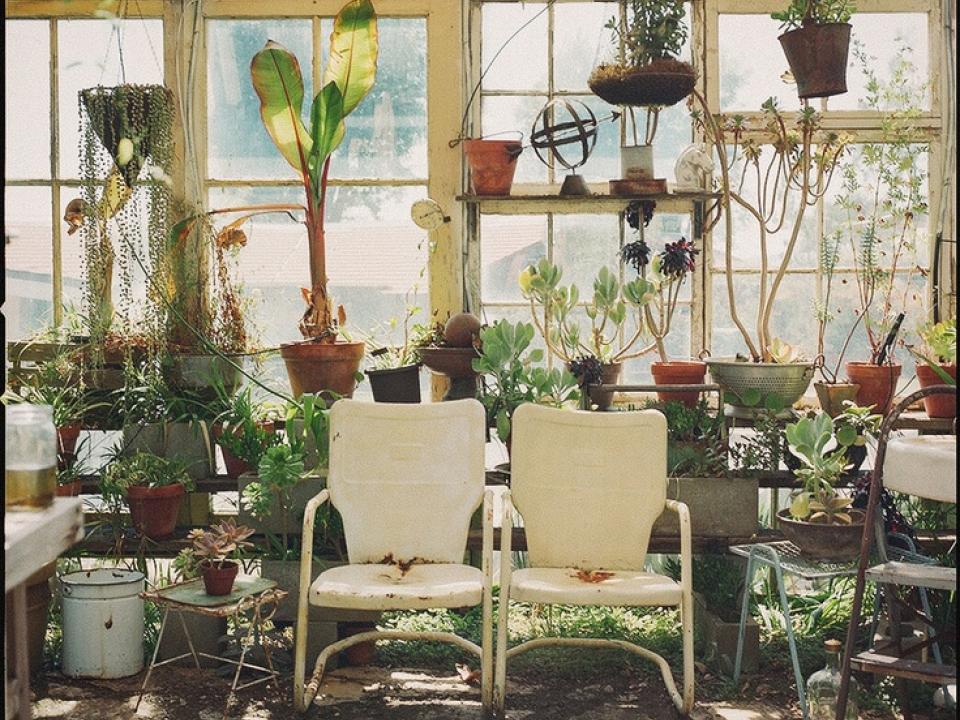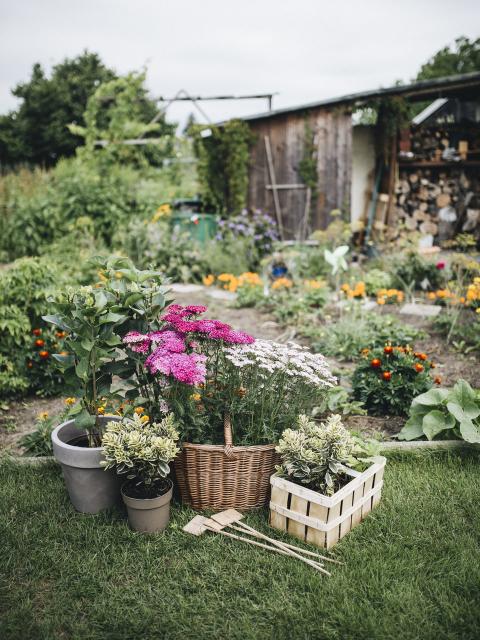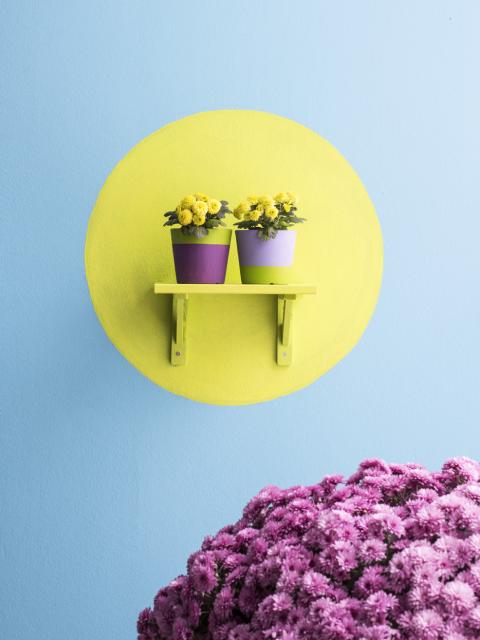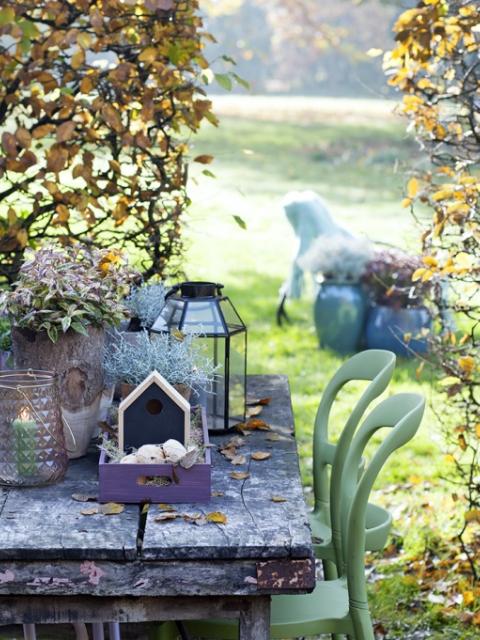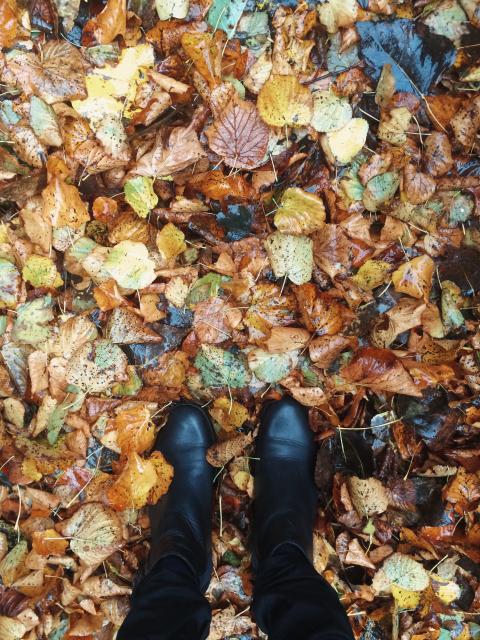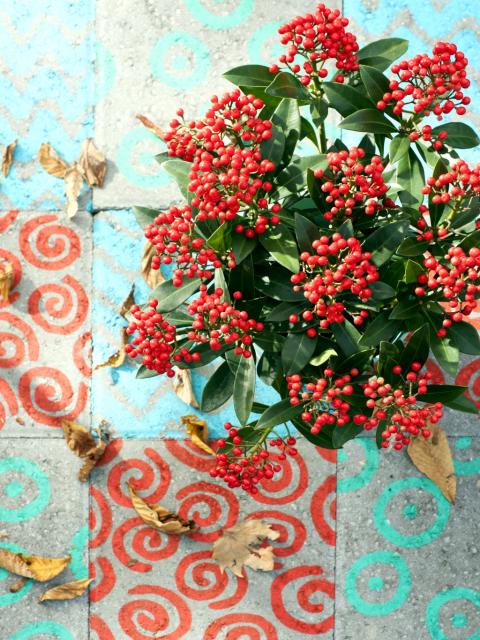What to do with hardy plants
Hardy plants are perennials, shrubs or conifers that you can leave during winter. Their roots can cope with frost, and sometimes the parts aboveground - such as their leaves - can as well. Some hardy plants shed their leaves, but they grow back again in spring.
Not all plants are equally hardy; some can take some punishment, but freeze during a long, hard frost. You can protect perennials by placing a thick layer of leaves over the roots, and shrubs should be kept out of the wind and lovingly covered with a reed mat or fleece. Evergreen delights are perennials that retain their leaves in the cold and provide a burst of greenery on your patio.
Examples of hardy plants that die back above the ground:
Lady’s mantle, Echinacea, Hosta, Phlox, Rudbeckia and Sedum.
Examples of hardy plants that retain their leaves:
Bergenia, Iberis, Heuchera, Vinca and Blue fescue.
Examples of hardy shrubs:
Japanese maple, Buddleja, Blue spirea, Viburnum, Hibiscus, Lavender, Rose, Hydrangea and Clematis.
Examples of shrubs which retain their leaves in winter:
Buxus, Rhododendron, Skimmia, Pieris, Hebe, Ivy, Photinia, Prunus, Euonymus and Viburnum.
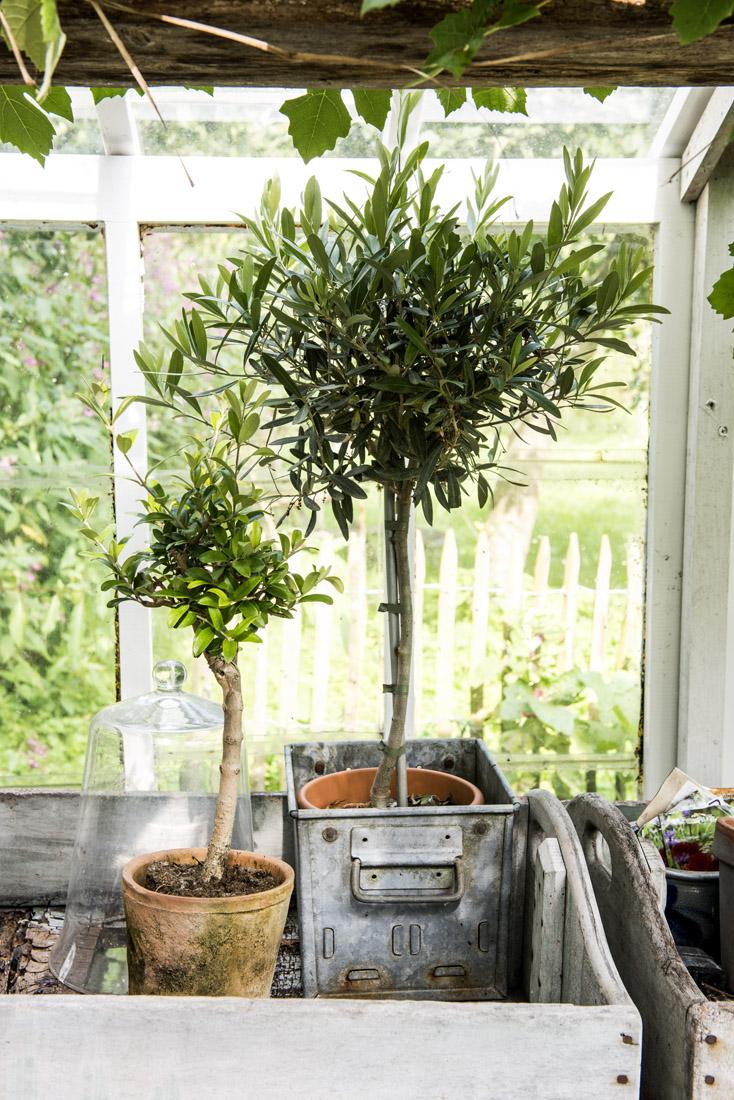
What plants should you bring inside?
Mediterranean plants don’t like cold, rain and wind so position them in a light spot at a temperature of 5 - 10 °C, either indoors or in a greenhouse you make yourself. There’s no need to feed them, but give them a sip of water from to time to time so that they don’t dry out. Tropical plants can even be placed in a warm spot during their winter siesta – beside your sofa is perfect! Just ensure that the soil remains damp. Useful tip: watch out for stowaways when you bring your outdoor plants inside – make sure there are no bugs on the outdoor plants.
Examples of overwintering plants:
Agapanthus, Citrus, Laurel, Olive, Oleander, Chinese hibiscus, Solanum, Brugmansia, Sago palm and Rosemary.
Do you need to prune in the autumn?
Some plants can be pruned in the autumn to keep them healthy, such as foliage shrubs. You can trim them into shape or rejuvenate them by pruning. Check online or ask at your local garden centre what’s best for each type of shrub. Flowering shrubs are best pruned after they’ve flowered. You can also remove the branches that have borne fruit from your blackberry, raspberry and blackcurrant bushes. Hedges can also be pruned in September. Use good, sharp pruning shears to keep your green friends healthy.
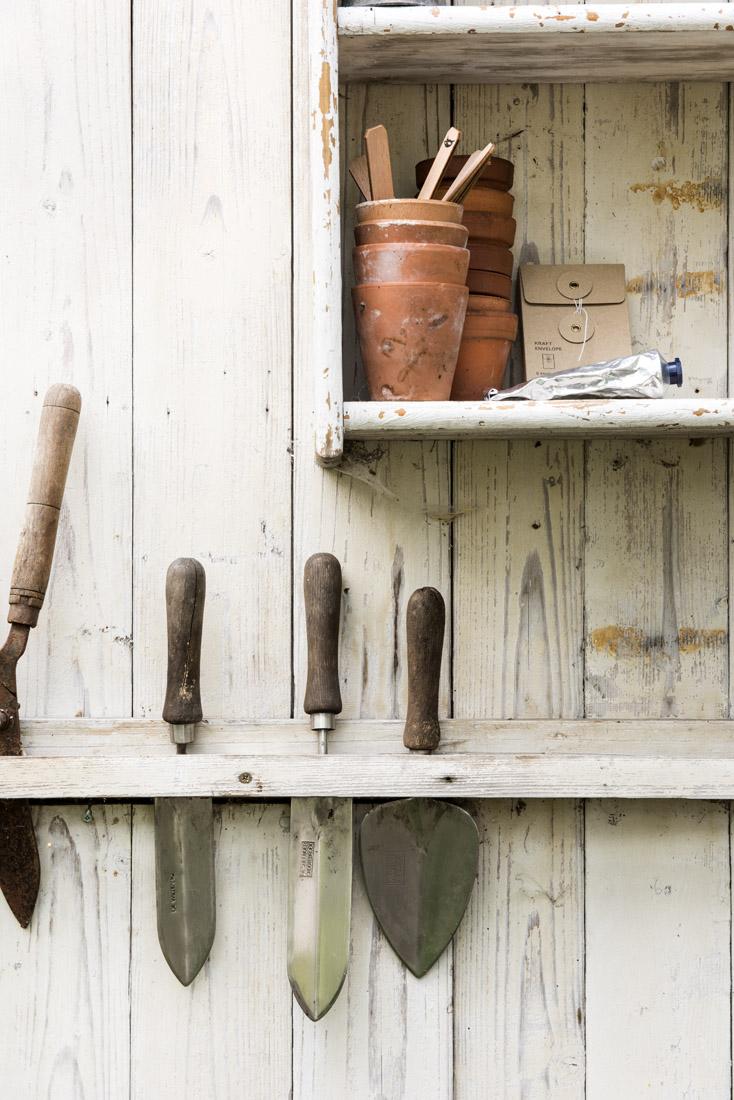
Planting new plants and bulbs
It might not be the first thing that springs to mind, but autumn is the ideal time to place certain new plants in your garden. The soil is still warm and a little damp, and new plants love to stretch out their roots into it. It also gives you the opportunity to introduce some colour with plants such as berry-bearing shrubs, hardy violas or heather plants. Spring-flowering bulbs can also be placed in the soil from October, before mid-December and before it freezes. Plant bulbs at a depth of twice their diameter so that your garden will surprise you in the spring with new colours and shapes.
What else?
You (and your garden) are now heading into autumn and winter perfectly prepared. Just a few finishing touches:
-
Pamper your lawn before winter arrives. Remove dead leaves, cut it one more time in November and give your grass some special lawn feed for the autumn.
-
Remove patio annuals that have finished flowering and replace them with heather and plants with colourful berries such as prickly heath, Viburnum or holly.
-
Wrap your flowerpots in bubblewrap during heavy frost to protect them from the cold.
If you think there are some handy tips missing from this article, share them on our Facebook page.

